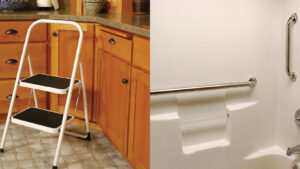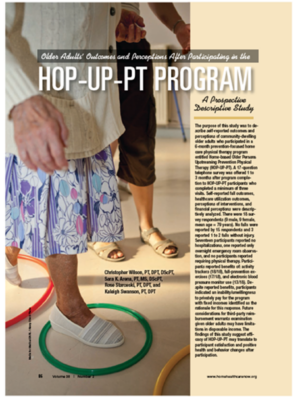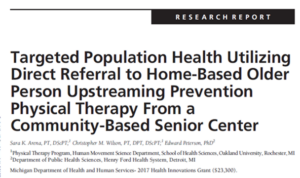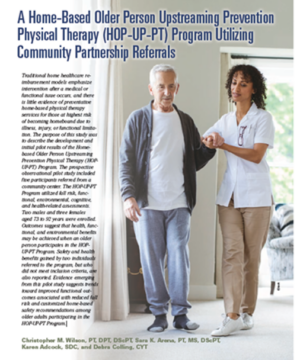
Reducing falls and fall risk is best accomplished when it addresses multiple risk factors. The home environment is one critical area to consider as there are often overlooked hazards that are easy to fix. Older adults and their families should consider using The Home Fall Prevention Checklist for Older Adults. Healthcare providers may find the Home Falls and Accidents Screening Tool (HOME FAST) a useful tool to guide in home assessments and recommendations.








